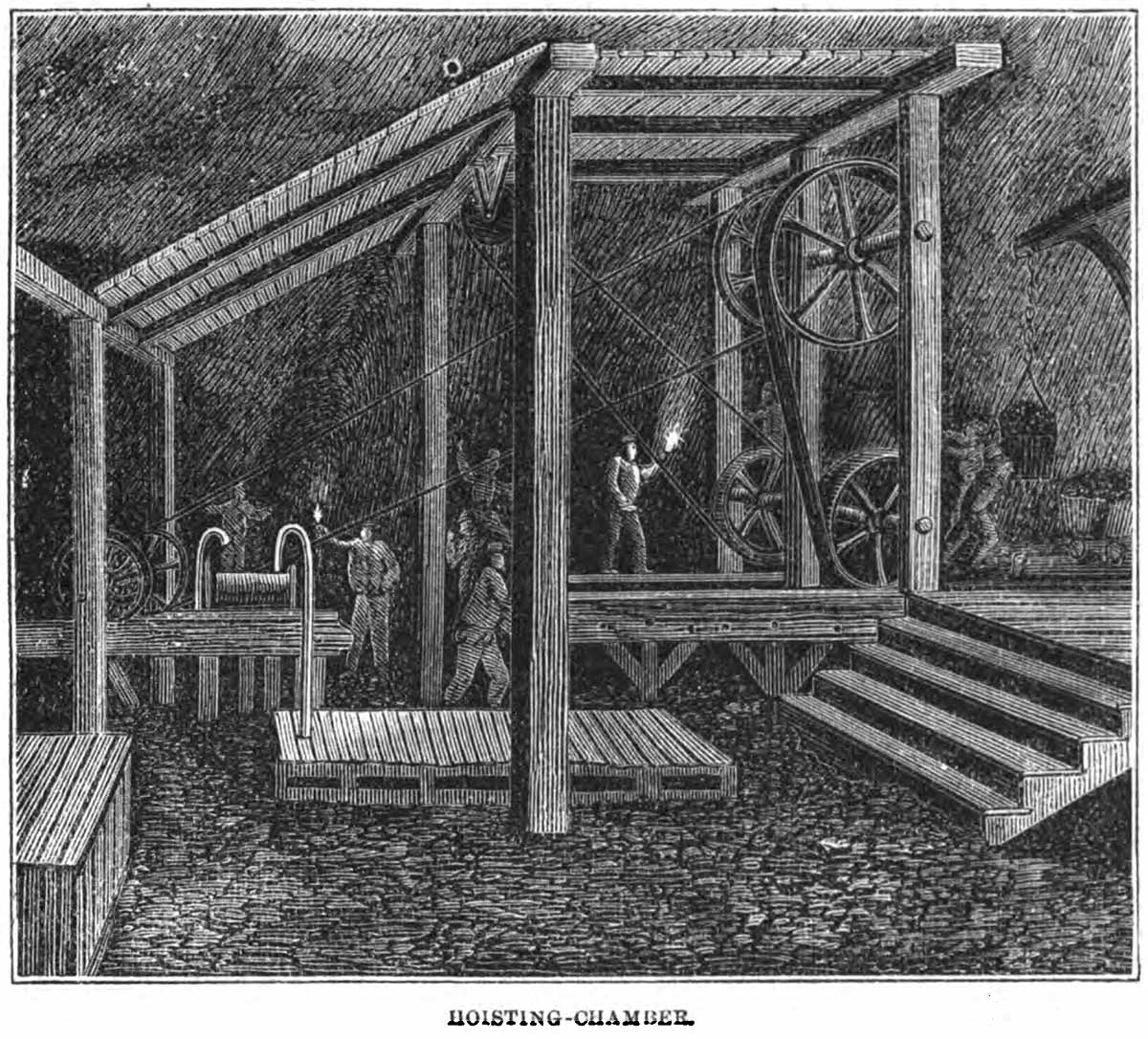![]() The Eberhardt Mine
(1869 Newspaper)
The Eberhardt Mine
(1869 Newspaper)
![]() An Army of Furnace Builders
(1869 Newspaper)
An Army of Furnace Builders
(1869 Newspaper)
![]() Pains and Perils of Mining
(1883 Comstock Mining and Miners)
Pains and Perils of Mining
(1883 Comstock Mining and Miners)
![]() The Atlanta Lode
(1895 Newspaper)
The Atlanta Lode
(1895 Newspaper)
![]() Among Rich Mines and Gold-Ribbed Hills of Arizona
(1904 Leslie's Weekly)
Among Rich Mines and Gold-Ribbed Hills of Arizona
(1904 Leslie's Weekly)
![]() Highgrading at Randsburg, California
(1908 Newspaper)
Highgrading at Randsburg, California
(1908 Newspaper)
![]() At a New Mining Camp (Creede)
(1892 Harper's Weekly)
At a New Mining Camp (Creede)
(1892 Harper's Weekly)
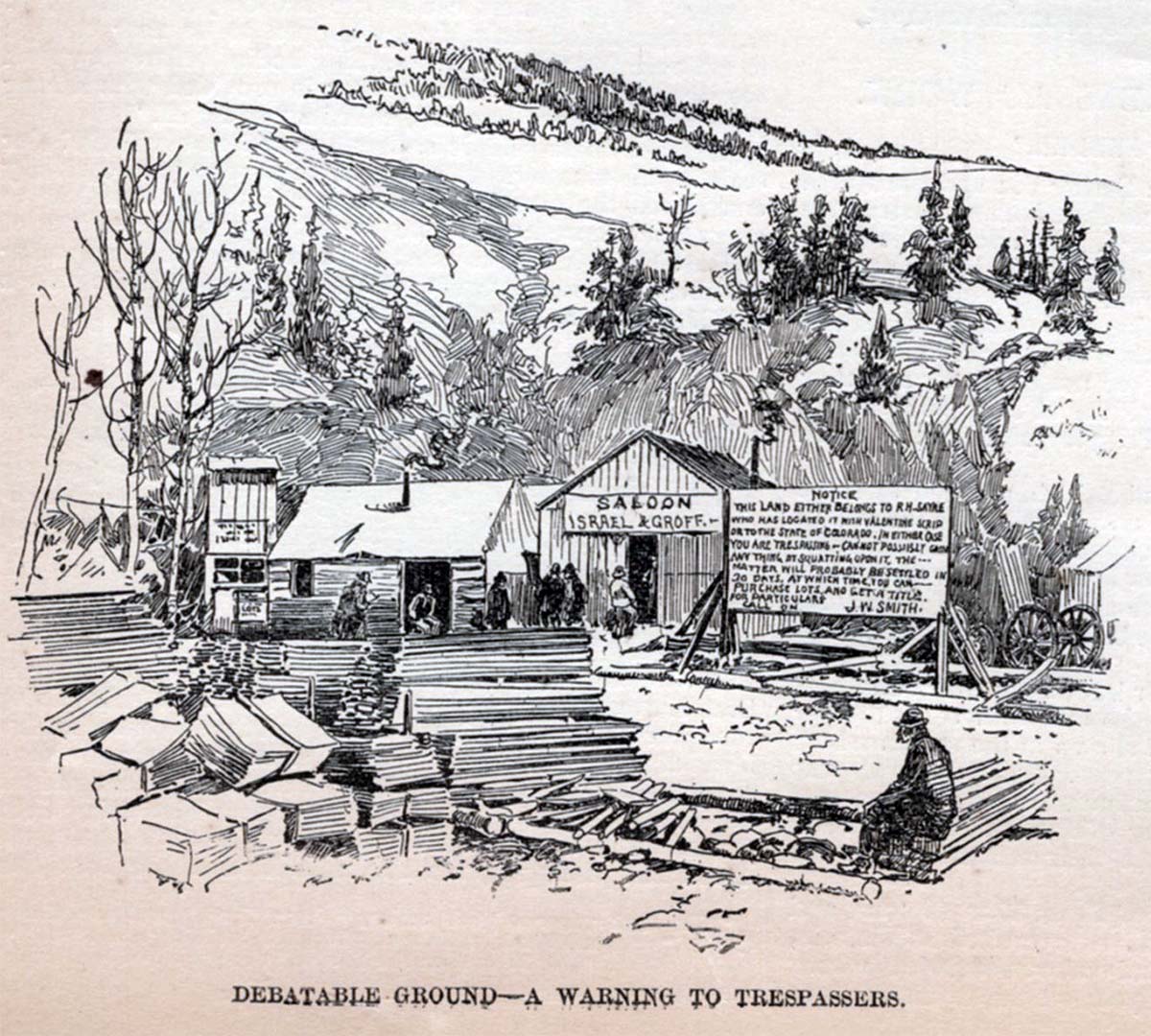
![]() Creede Camp
(1892 Newspaper)
Creede Camp
(1892 Newspaper)
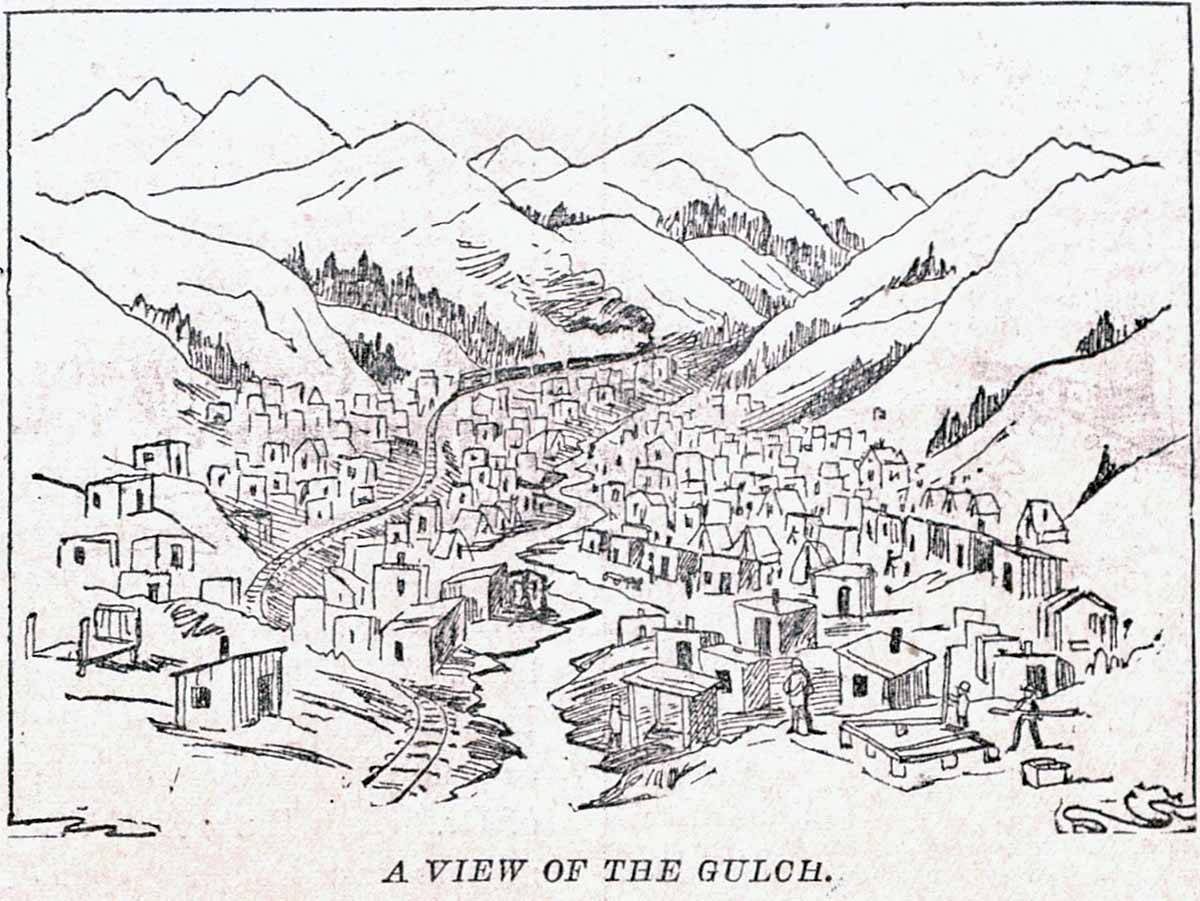
![]() Life in the Mining Camp at Randsburg
(1897 Newspaper)
Life in the Mining Camp at Randsburg
(1897 Newspaper)
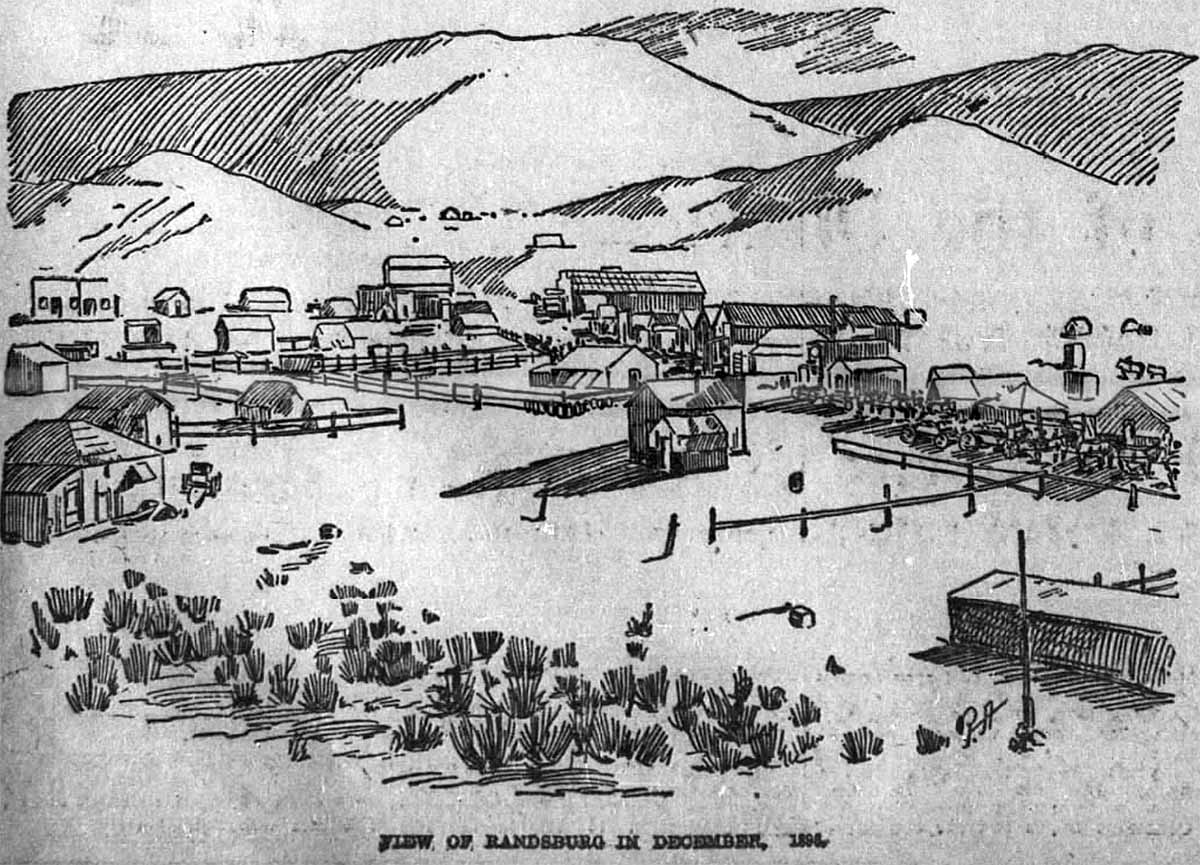
![]() History of the Ajo Mining District
(1946 USGS)
History of the Ajo Mining District
(1946 USGS)
![]() Recollections of an Electrician at Kennecott
Recollections of an Electrician at Kennecott
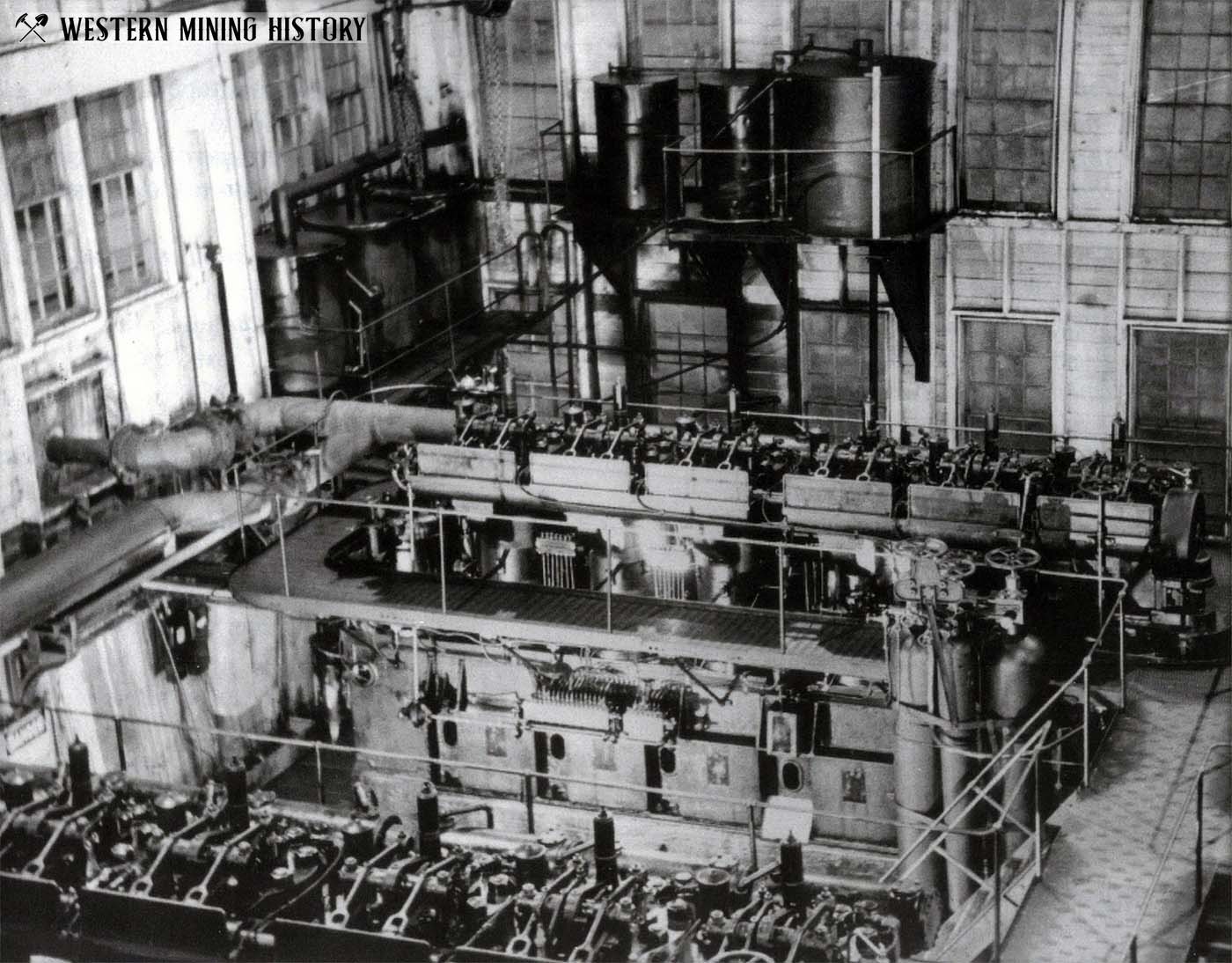
![]() Discovery of the Silver King
(1875 Weekly Journal-Miner)
Discovery of the Silver King
(1875 Weekly Journal-Miner)
![]() The Quicksilver Mines of New Almaden in 1857
(1863 Harpers New Monthly Magazine)
The Quicksilver Mines of New Almaden in 1857
(1863 Harpers New Monthly Magazine)
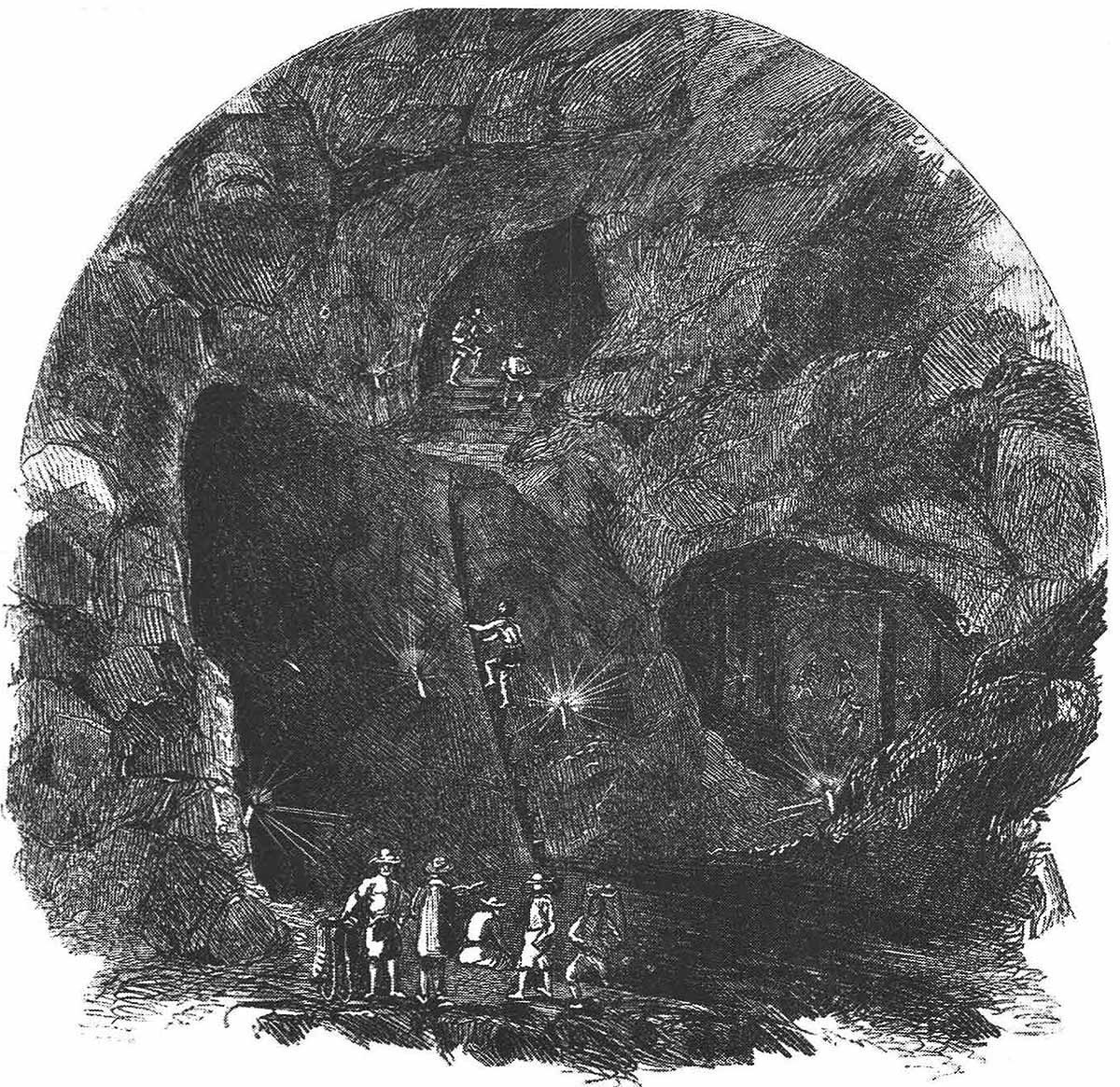
![]() Down in the Cinnabar Mines - A Visit to New Almaden in 1865
(1865 Harper's New Monthly Magazine)
Down in the Cinnabar Mines - A Visit to New Almaden in 1865
(1865 Harper's New Monthly Magazine)
![]() New Almaden - A California Mining Camp
(1878 Scribner's Monthly Magazine)
New Almaden - A California Mining Camp
(1878 Scribner's Monthly Magazine)
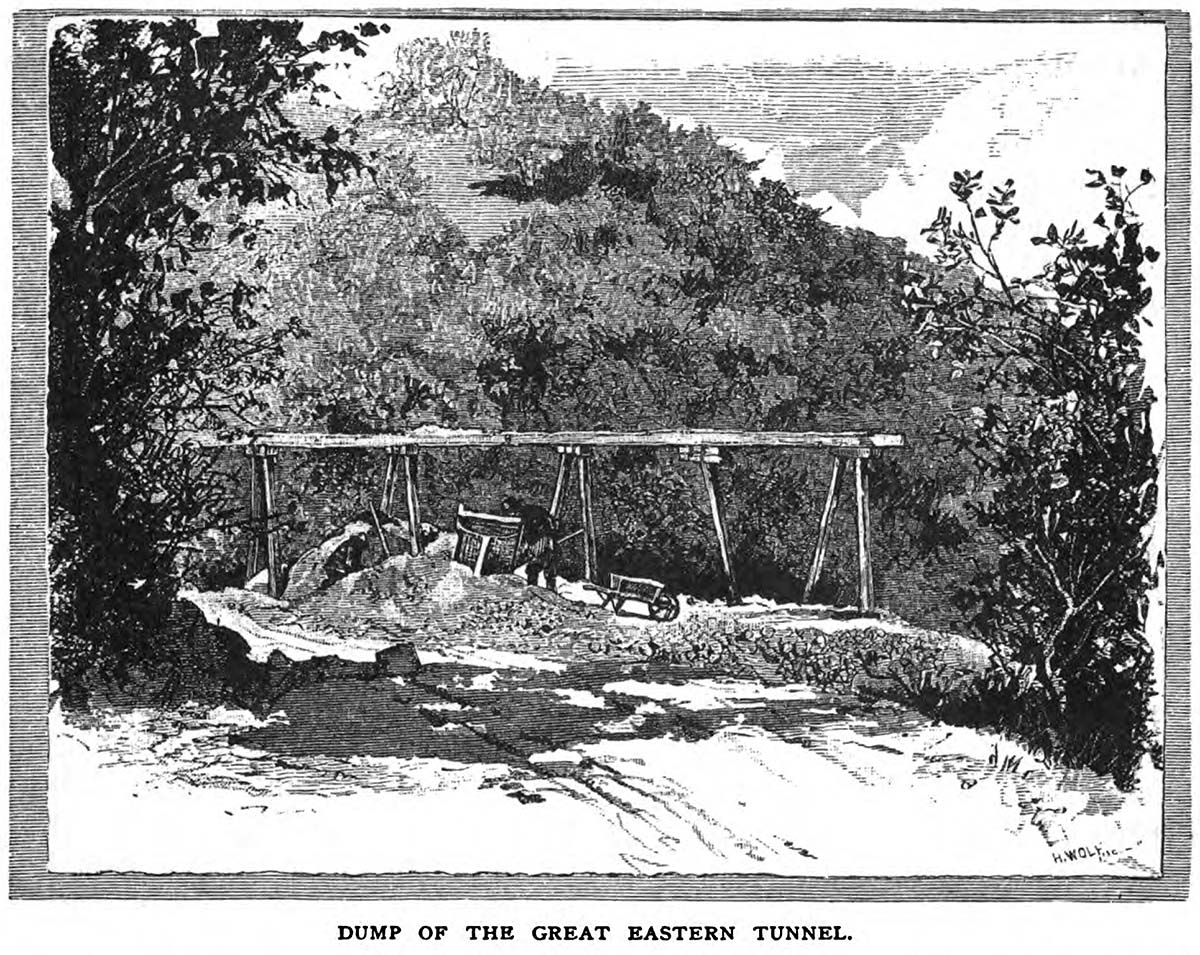
![]() Dogs of the Klondike and Alaska
(1898 Two Years in the Klondike and Alaska Gold-Fields)
Dogs of the Klondike and Alaska
(1898 Two Years in the Klondike and Alaska Gold-Fields)
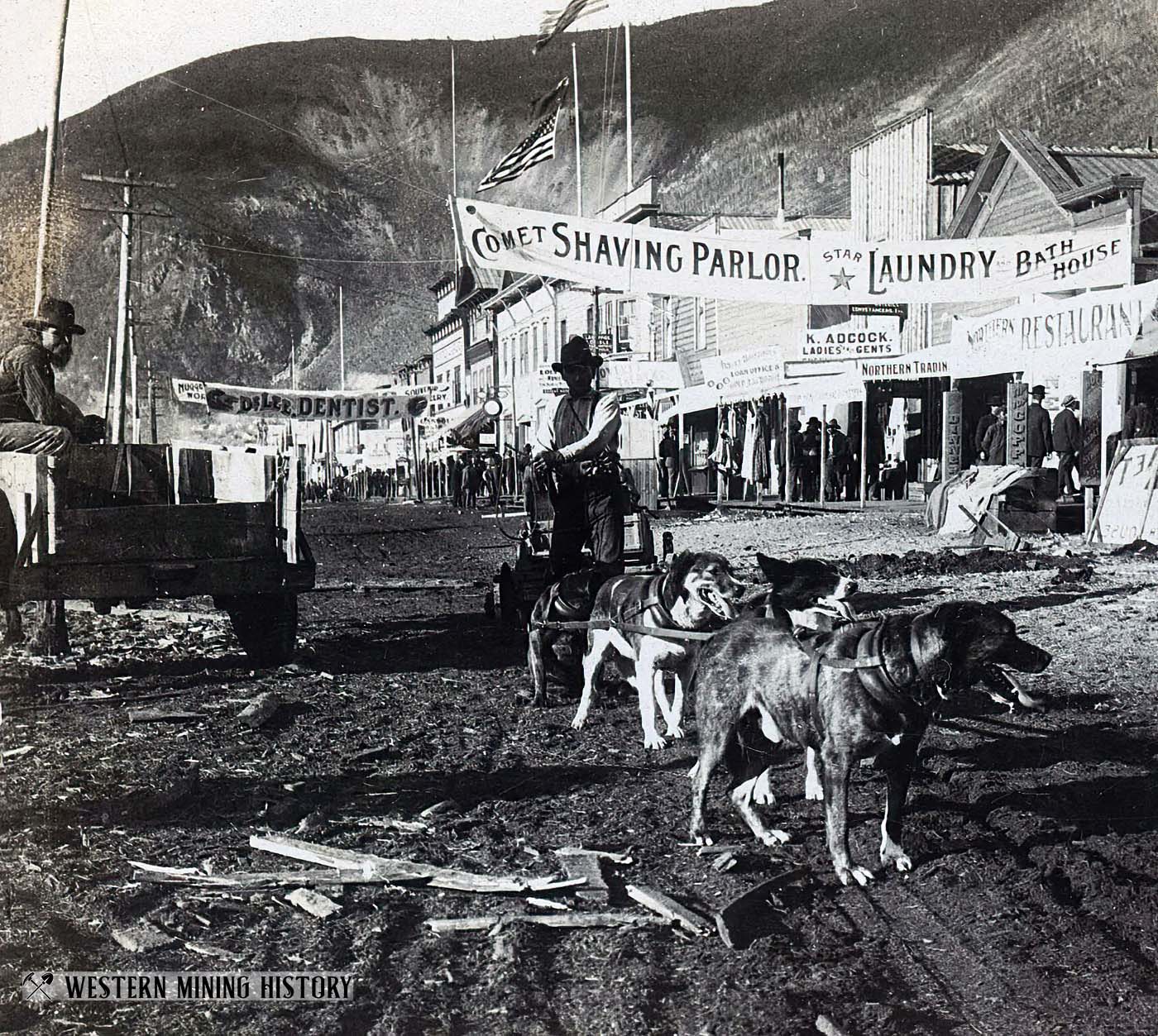
![]()
![]() Arrival at Circle City
(1898 Two Years in the Klondike and Alaska Gold-Fields)
Arrival at Circle City
(1898 Two Years in the Klondike and Alaska Gold-Fields)
![]()
![]() The Dreaded Chilkoot Pass
(1898 Two Years in the Klondike and Alaska Gold-Fields)
The Dreaded Chilkoot Pass
(1898 Two Years in the Klondike and Alaska Gold-Fields)

![]()
![]() The Prospector and His Burro - The Day of the Prospector Has Not Passed
(1913 The Salt Lake Mining Review)
The Prospector and His Burro - The Day of the Prospector Has Not Passed
(1913 The Salt Lake Mining Review)
![]()
![]() The Mining Camp (Comstock Lode 1859-1860)
(1883 Comstock Mining and Miners)
The Mining Camp (Comstock Lode 1859-1860)
(1883 Comstock Mining and Miners)
